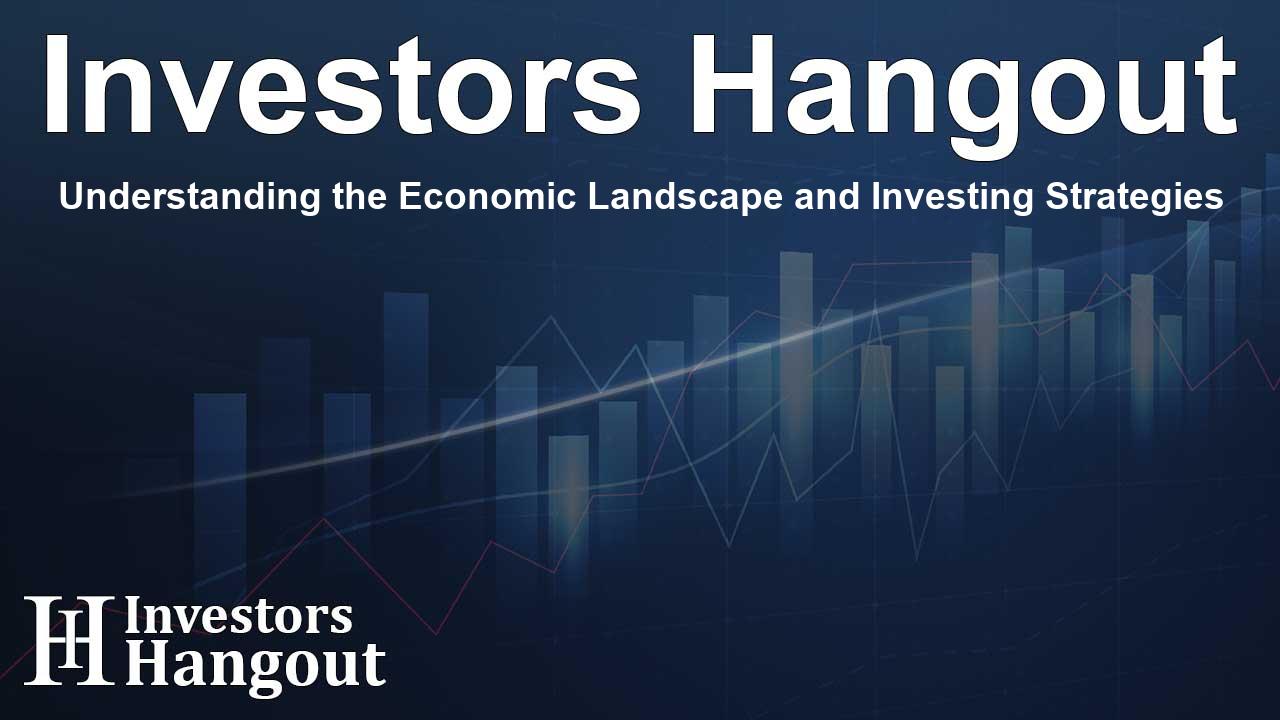Understanding the Economic Landscape and Investing Strategies

Recognizing the Changing Dynamics in Markets
We are witnessing a significant shift in market dynamics.
For macro investors, staying alert and proactive is crucial during these times.
At the core of these changes is the understanding that the Fed appears to be lagging behind, which could be perilous.
Take a moment to reflect on the current situation.
The latest job report in the U.S. indicates that the private sector is averaging only about 96,000 jobs per month over the past three months.
This notably weak job creation rate has not been seen since the summer of 2007.
Moreover, the last Consumer Price Index (CPI) report hinted at some easing in inflation, with the core CPI rising less than 0.2% month-over-month, aligning with the Fed's target of around 2% annual inflation.
The Risks of the Fed's Policies
One might wonder why the Fed is in a precarious position.
Recent trends show that while the Fed Funds rate stands at 5.25%, the core Personal Consumption Expenditures (PCE) index remains comfortably below 3%, translating to a real Fed Funds rate exceeding 2%.
These real rates are vital for assessing economic health:
Investors focus on their returns, adjusted for inflation.
Borrowers evaluate their inflation-adjusted debt costs.
With real interest rates hovering above 2% for a prolonged period, historical patterns shed light on what could follow if the Fed maintains a stringent policy stance:
A) In the years 1999-2000, the Fed held real rates above 3% for an extended period, leading to a crisis in 2001;
B) In 2007, similarly, the real rates were kept above 2%, eventually leading to turmoil in 2008;
C) By 2024, we find ourselves in a similar scenario with real rates once again above 2%.
Additionally, the Fed is enforcing tight policies amid evident signs of weakness in the job market.
The Fed is indeed lagging and potentially jeopardizing economic stability.
As such, we may see a bond market response.
Historical analysis from 1989 onward reveals that when bond markets expect significant rate changes, opportunities arise.
Analyzing Fed Actions Against Market Expectations
The pressing question is: how does the Fed's performance compare against what bond markets anticipate?
Let's examine some data points:
1. January 1995 and October 1998:
Expectations for cuts averaged 130 basis points, while the actual cuts were only 75 basis points.
Consequently, those who invested in bonds during peak dovish pricing found themselves at a loss.
2. January 1990, December 2000, September 2007, August 2019:
Here, expected cuts averaged 145 basis points, yet the Fed delivered an astounding 412 basis points.
This illustrates that those purchasing bonds during peak dovish sentiment earned substantial returns.
These insights underline an important principle in macro investment: earning profits requires not just being 'right' about the market, but also anticipating shifts before the broader consensus.
It appears that the bond market has a knack for sensing looming downturns effectively.
Pay Attention to the Signals from the Bond Market
However, the implications go beyond just the bond market.
It reflects broader shifts in asset correlations:
We are undergoing a profound transition in market behavior.
Notably, tech stocks have seen turbulent times recently, with stocks such as NVIDIA experiencing dramatic declines.
Encouragingly for investors, bonds are resuming their traditional role as a haven during stock downturns.
Pivotal to this is the return of the inverse relationship between stocks and bonds, once again providing the diversification they are known for.
This shift is crucial as it indicates a substantial change in macroeconomic conditions.
The charts reflect that for much of the last 15 years, bonds acted as a protective buffer in volatile markets.
In contrast, the '80s and '90s saw positive correlations, with both asset types trading in concert.
The same trend reemerged during the inflation spikes in 2022 and 2023.
It's essential to grasp this key takeaway:
When the correlation between stocks and bonds flips, it signals major macro shifts with far-reaching consequences.
In this new climate:
Bad news does indeed carry a different significance.
As bonds reaffirm their protective role amid market uncertainties, we may be on the brink of significant changes in the macroeconomic landscape.
Macro shifts are indeed occurring, and they warrant close attention.
Frequently Asked Questions
What does it mean for the Fed to be behind the curve?
When the Fed is behind the curve, it suggests that its monetary policies are not keeping pace with economic conditions, risking financial instability.
How do real interest rates affect the economy?
Real interest rates influence borrowing costs and investor returns, significantly impacting economic growth and the job market.
Why is the bond market crucial in this economic scenario?
The bond market often reflects investors' expectations of future economic conditions, providing critical indicators for decision-making.
What role do bonds play during stock market downturns?
Bonds typically serve as a refuge for investors, helping mitigate losses during equity market declines.
How can investors prepare for shifting market dynamics?
Staying informed about monetary policy changes and asset correlations can enable investors to adjust their portfolios and strategies effectively.
About The Author
Contact Addison Perry privately here. Or send an email with ATTN: Addison Perry as the subject to contact@investorshangout.com.
About Investors Hangout
Investors Hangout is a leading online stock forum for financial discussion and learning, offering a wide range of free tools and resources. It draws in traders of all levels, who exchange market knowledge, investigate trading tactics, and keep an eye on industry developments in real time. Featuring financial articles, stock message boards, quotes, charts, company profiles, and live news updates. Through cooperative learning and a wealth of informational resources, it helps users from novices creating their first portfolios to experts honing their techniques. Join Investors Hangout today: https://investorshangout.com/
The content of this article is based on factual, publicly available information and does not represent legal, financial, or investment advice. Investors Hangout does not offer financial advice, and the author is not a licensed financial advisor. Consult a qualified advisor before making any financial or investment decisions based on this article. This article should not be considered advice to purchase, sell, or hold any securities or other investments. If any of the material provided here is inaccurate, please contact us for corrections.
